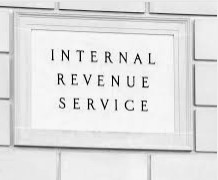
Today marks the 16th year after I started this blog in 2007 while I was a fellow with the New America Foundation. My goal with this blog continues to be to analyze proposals and discuss ideas for helping our tax system to reflect how we live and do business today and to meet principles of good tax policy.
There are many inequities in our tax system such as special tax deductions, exclusions and exemptions that provide a larger benefit to higher income taxpayers relative to others. Examples include the mortgage interest deduction, exclusion of gains that exist at death, and the exclusion of employer-provided health insurance subsidies.
I think many of these exist because the vast majority of people don’t understand how they work. Tax literacy is low in the U.S. because we don’t teach about taxes in K-12 and even in college, accounting majors are likely the only ones to take a tax course. And tax and budget policy should be taught along with basics of how taxes work.
Today, let’s look at how the government, via our tax law, provides tax breaks for health insurance. The largest and more favorable tax benefit for obtaining health insurance is the exclusion for employer-provided health insurance. According to OMB and Treasury, the annual cost of this tax break (cost as in tax revenue not collected) is $237 billion for FY2024 (Table 3). At least 57% of individuals get health insurance from an employer. CBO estimates that 58% of employees under age 65 (156 million people) have health insurance from their employer or a family member’s employer.
This health insurance subsidy for employees is very favorable for many reasons:





























Recent Comments